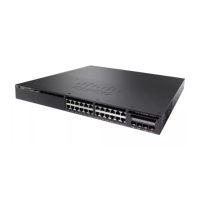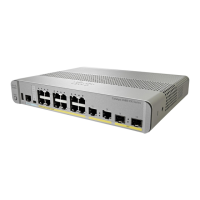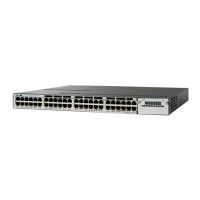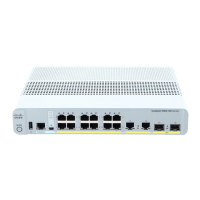Editing Commands Through Keystrokes
The keystrokes help you to edit the command lines. These keystrokes are optional.
The arrow keys function only on ANSI-compatible terminals such as VT100s.Note
Table 3: Editing Commands
DescriptionEditing Commands
Moves the cursor back one character.Ctrl-B or use the left arrow key
Moves the cursor forward one character.Ctrl-F or use the right arrow key
Moves the cursor to the beginning of the command
line.
Ctrl-A
Moves the cursor to the end of the command line.Ctrl-E
Moves the cursor back one word.Esc B
Moves the cursor forward one word.Esc F
Transposes the character to the left of the cursor with
the character located at the cursor.
Ctrl-T
Erases the character to the left of the cursor.Delete or Backspace key
Deletes the character at the cursor.Ctrl-D
Deletes all characters from the cursor to the end of
the command line.
Ctrl-K
Deletes all characters from the cursor to the beginning
of the command line.
Ctrl-U or Ctrl-X
Deletes the word to the left of the cursor.Ctrl-W
Deletes from the cursor to the end of the word.Esc D
Capitalizes at the cursor.Esc C
Changes the word at the cursor to lowercase.Esc L
Capitalizes letters from the cursor to the end of the
word.
Esc U
Layer 2/3 Command Reference, Cisco IOS XE Release 3.6E (Catalyst 3650 Switch)
OL-32639-01 13
Using the Command-Line Interface
Enabling and Disabling Editing Features

